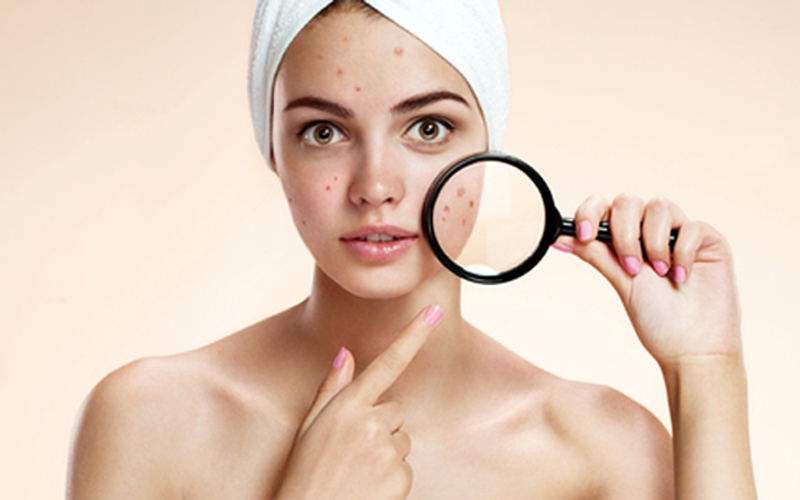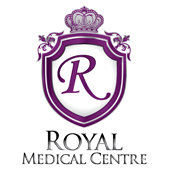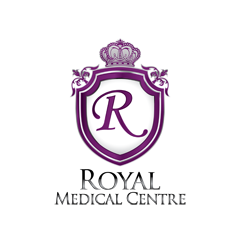

Every woman desires flawless clear skin and perfect complexion. But factors such as free radicals, hormonal changes and sun exposure can damage your skin leading to patchy pigmentation and dark spots, making you look older.
Chemical Peeling
A chemical peel is a treatment in which an acid solution is used to remove the damaged outer layers of the skin. In performing chemical peels, physicians apply alpha hydroxy acids (AHA), trichloroacetic acid (TCA), or phenol to the skin. Typically administered as a facial peel, a chemical peel enhances and smoothes the texture of the skin. It is an effective treatment for facial blemishes, wrinkles, and uneven skin pigmentation. They exfoliate the outer layers of dead skin, revealing a new skin layer with improved tone, texture, and color. In addition to full facial rejuvenation, certain types of skin peels can also be used for spot treatments and as a way to remove stretch marks or rejuvenate skin elsewhere on the body. The chemical peel is one of the oldest cosmetic procedures in the world.
Skin Rejuvenation
With the growth of an aging population, there is an increasing interest in restoring a youthful appearance. Signs of photo aged skin include brown spots, broken blood vessels, and fine lines and wrinkles. The process of effectively diminishing these lesions and creating a more youthful complexion is known as skin rejuvenation. IPL (intense pulsed light) and chemical peels are popular methods of skin rejuvenation.
Medical Facial
Medical facials are custom tailored to your skin’s needs and generally follow the same steps as a spa facial—cleansing, exfoliating, extractions, and moisturizing—but on a more intense level. “Other popular components of a medical facial may include dermaplaning, which uses a surgical knife to remove the top layer of skin, or microcurrent, ultrasound, and radio waves for firming and lifting the skin. Medical facials are also a safe and effective way of complementing other noninvasive treatments such as injectable dermal fillers or laser resurfacing. It can help prepare your skin for the treatment and improve results post-treatment. With such a variety of methods, tools, and products available, a medical facial can be customized to accommodate your skin needs, whether it be rectifying aging, dehydrated, sun damaged, or acne prone skin.
Platelet Rich Plasma (PRP)
Platelet rich plasma, or PRP, has been shown to contain abundant growth factors that accelerate collagen production and thicken the bottom layer of the skin. In the fatty layer, it reawakens stem cells, improving volume, and it promotes hair growth, scar resolution and bone volume. The platelets are derived from your blood and contain your own personal growth factor fingerprint, so gone are issues of compatibility and potential risk. Now it is known that PRP can be injected as a SOLITARY agent, deep for both facial rejuvenation and revolumization, and superficially to enhance the radiance of the surface of the skin. Since it is basically risk-free with the exception of the risk for bruising, it is the ideal rejuvenation treatment for those individuals with autoimmune diseases or other chronic medical conditions.
We recommend it as a treatment for face, neck, chest, and hand rejuvenation, acne scarring, surgical scarring, and hair loss.


